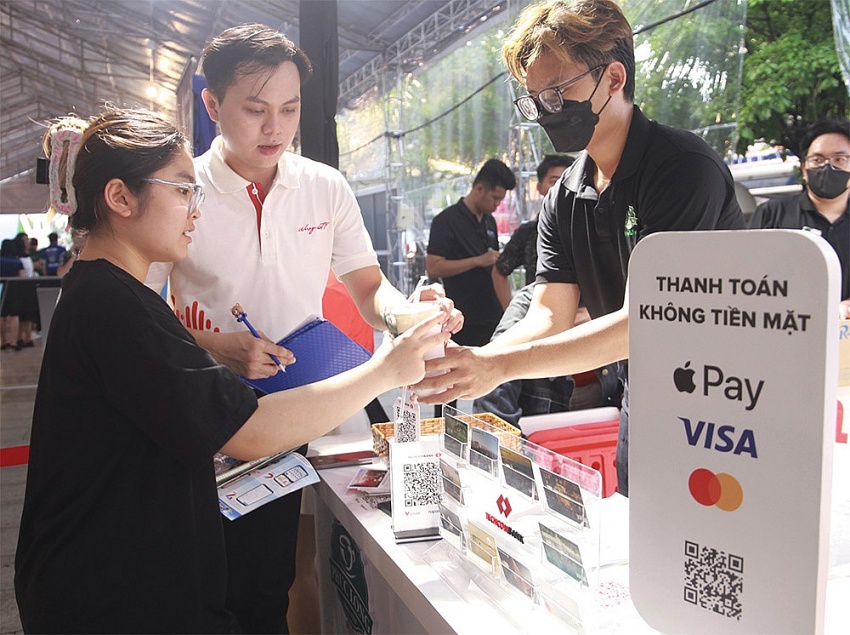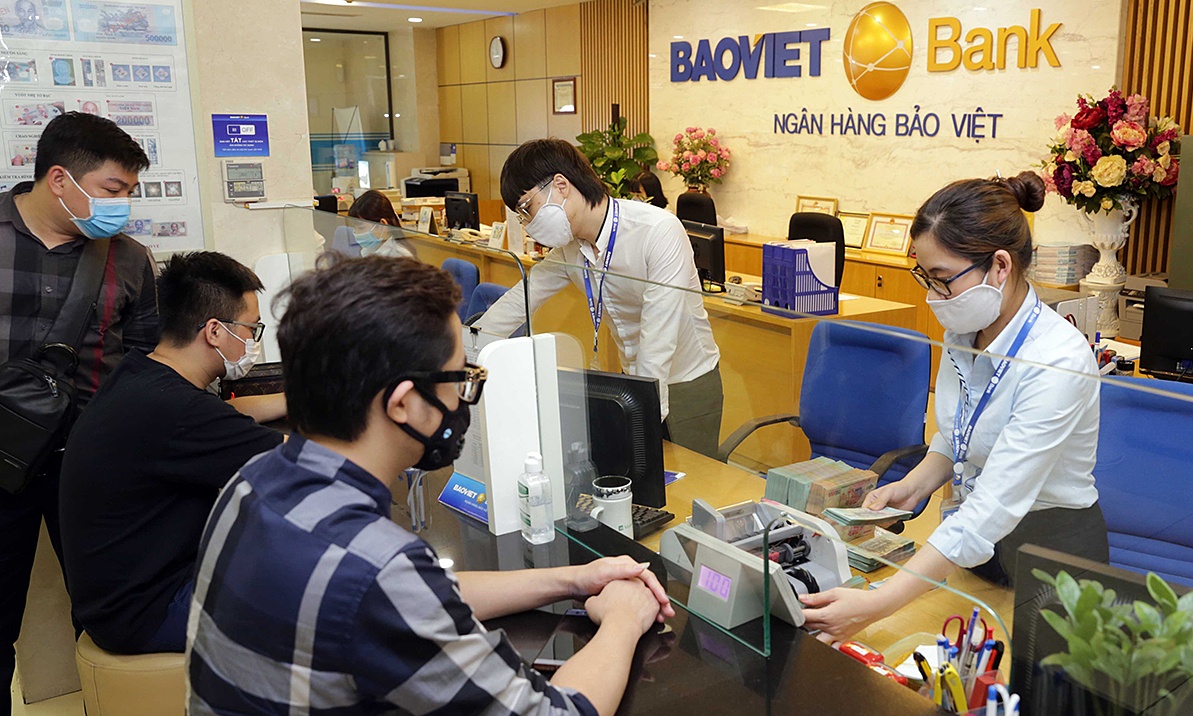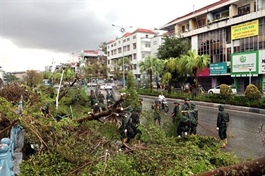Cross-border QR codes begin to take shape
Cross-border QR codes begin to take shape
Vietnam is gradually advancing its cashless payment infrastructure by establishing cross-border QR code payment systems with neighbouring countries, though challenges remain in fully integrating inbound payments from foreign tourists.

At a seminar organised more than a week ago in Ho Chi Minh City by the Vietnam Banks Association (VBA), Pham Anh Tuan, director of the Payment Department at the State Bank of Vietnam (SBV), announced that Vietnam had successfully established cross-border payment connections via QR codes with Thailand and Cambodia, and was in the process of extending to Laos. This allows citizens of these countries to domestic banking apps to securely pay for goods and services in Vietnam, and vice versa.
“However, while the outbound payment system - where Vietnamese customers make payments in Thailand and Cambodia - functions smoothly, the inbound system for payments by tourists from Thailand or Cambodia in Vietnam remains underdeveloped,” Tuan said.
He identified several reasons for the disparity, noting that one major issue is the inconsistent brand recognition at payment acceptance points, leading to confusion between domestic QR codes and bilateral QR codes. He also pointed out that banks involved in the service have prioritised enabling payments by Vietnamese customers abroad over facilitating the reverse process for foreign tourists in Vietnam.
“The bilateral QR payment cooperation among ASEAN countries aligns with regional integration trends. It provides the convenience of local currency payments for Vietnamese customers abroad and for tourists from partner countries visiting Vietnam,” Tuan added.
He urged NAPAS, the central connecting hub, and participating member banks to implement measures ensuring the acceptance of bilateral QR payments in Vietnam. This includes expanding the network of acceptance points and ensuring that these points are equipped to process bilateral QR payments.
During the seminar, representatives from member banks discussed the two existing forms of international payment acceptance: payments via VietQR, which are fee-free, and payments via standard QR codes, which incur a 0.5 per cent fee for merchants.
They emphasised the importance of standardising the format to facilitate implementation across banks. Moreover, when banks sign agreements with payment acceptance points, the regulations and procedures must comply with legal requirements, ensure brand recognition, and include an offline signing process. There is also a need for consistency in either charging fees or offering free transfers for QR code payments.
Participants agreed that while the initial implementation in Laos, Cambodia, and Thailand had involved a smaller customer base, larger markets like South Korea and China, with their significant potential, should be prioritised.
Discussing the broader integration of QR code payments with neighbouring countries, Dr. Nguyen Quoc Hung, secretary general of the VBA, underscored the urgency of the task. “This is an immediate and critical priority. I hope that by the end of October 2024, banks will have reached a consensus on promoting seamless cross-border payments,” he said.
Dr. Hung proposed forming a research group, led by NAPAS, to develop a unified and clear working protocol for banks participating in the bilateral payment project. He also urged the Payment Department and the SBV to consult on legal frameworks and provide support to banks and payment intermediaries in overcoming implementation challenges.
In March, the Japanese government announced that it had begun discussions with Southeast Asian nations to facilitate the joint use of QR code payment services, enabling international travellers to make purchases abroad using their domestic payment methods.
The initiative aims to make QR code systems interoperable by fiscal 2025, beginning in April, allowing for cashless payments across borders without the need for currency exchange, according to Nikkei Asia.
The Payments Japan Association, which oversees the country’s standardised QR code system, also plans to develop a new system as early as this year to connect with overseas service providers.
The rise of digital payments via e-wallets in Southeast Asia is another significant trend. In 2019, digital payments in the region totalled $22 billion and are projected to exceed $114 billion in 2025, according to a report by PwC.
“Digital wallets have naturally become a catalyst for the rise of super apps in Southeast Asia due to the convenience they offer,” PwC noted, citing the success of Paytm in India and AliPay in China.
Consumers are rapidly embracing digital financial services, with digital payments now making up more than half of transactions in the region, according to a recent report by Google, Temasek, and Bain & Company.
























